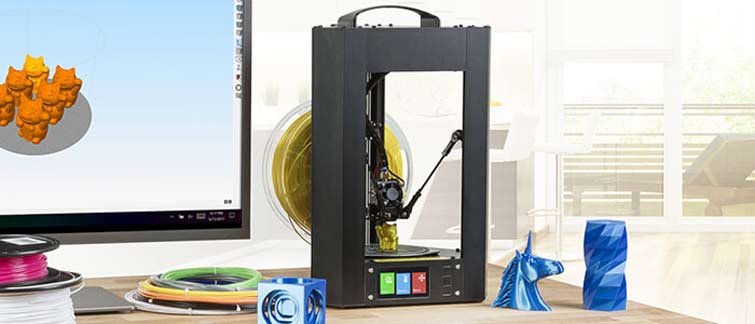Tom's Guide Verdict
The low-budget 3D experimenter will find a lot to like in the MP MIni, but total beginners will be frustrated by the bugs and other problems.
Pros
- +
Low cost
- +
Simple controls
- +
Decent print quality
Cons
- -
Unreliable USB connection
- -
User must configure software
- -
Unreliable high-quality print mode
Why you can trust Tom's Guide
Monoprice is taking a new approach to 3D printing with the MP Mini Delta. As a delta 3D printer, it uses a print head at the end of three motor-driven arms. Monoprice claims this $160 device is the cheapest professionally made 3D printer available.
The MP Mini Delta certainly offers a lot of features for its price, although there have been a few obvious edges cut to keep costs down. Some annoying bugs, such as an unreliable USB connection, may prove frustrating to the printer's core audience of novices. Bargain hunters and tinkerers who don't mind a few workarounds will find good value for money.
Design: Simple Construction
The Mini Delta's print head is held by three arms, each of which is attached to a drive belt that is turned by a motor. Three motors in the base of the printer move each of the drive belts, which in turn move the arms up and down. This movement shifts the print head, laying down the print material on the Mini Delta’s circular heated print bed.
It's a design that looks odd the first time you see it running, but it works and offers decent print quality, especially for the price.
Print Materials: PLA and ABS
The combination of a heated print bed and extruder means that this printer can handle both ABS and PLA materials. The Mini Delta uses 1.75mm filament with no restrictions on where it comes from, so you can use filament from any manufacturer. This applies to the new filaments that include wood or metal to produce prints that look like these materials.
Setup: Do-It-Yourself
Physically, the MP Mini Delta is a simple printer to set up: you just unpack it, remove some packing tape and foam, and plug it in. You then use the LCD screen and controls on the printer to load the filament, with the reel hanging on a hook on the back of the printer body.
To set up the software, you install the Cura open-source package that comes with a microSD card; you then input the settings for the MP Mini Delta. That’s a fairly simple process, but it does require some care. The first version of the manual that came with the printer showed a wrong setting, which meant the printer couldn’t print. A later version of the manual updated this to the correct setting, though. The manual also encourages users to experiment with these settings as they get more familiar with it and 3D printing in general.

The printer includes a microSD card port, a micro USB and an 802.11g Wi-Fi connection. The Wi-Fi connection requires the use of a free mobile app (available for iOS and Android), as you can’t enter the Wi-Fi details directly on the printer. Instead, you press and hold a button on the back of the printer and run the app, which passes the details of your Wi-Fi network to the printer. It's a slightly complicated process, but it worked without issues, and only needs to be done once.
MORE: How to Buy the Right 3D Printer
The Mini Delta also includes a self-leveling print bed, where the print head pushes the bed down to trip a switch. This runs every time a print starts, and it does a good job of setting up the print.
Interface: Minimal But Functional
There aren't a lot of controls to master on the Mini Delta: just a single 3-inch LCD screen and three buttons (two for scrolling through options and the other to select an option). The on-screen menu is simple and straightforward to use. It handles basic operations such as starting a print, loading filament and setting up the printer. It's a simple but effective system that works well. The only issue that we found was when a print goes wrong. You have to scroll through a number of options on the on-screen display to get to the cancel-print option, and that scrolling takes time.
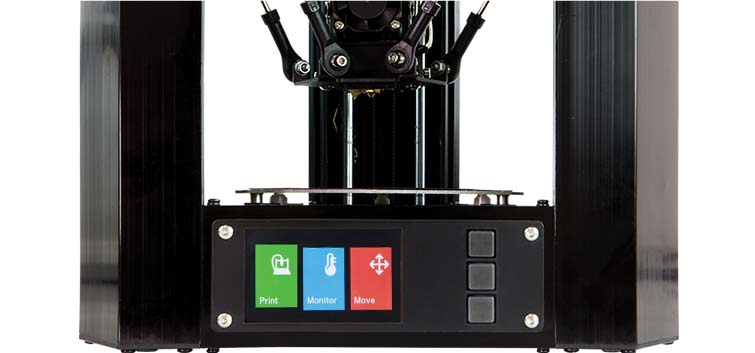
One other button, located on the back of the Mini Delta, changes the print mode. Press this button and the printer will read a file off the microSD memory card and start printing it. So, you can print something by saving it to a microSD card, inserting the card and pressing that back button.
We did find one major (and annoying) problem with the MP Mini Delta: printing over USB just didn't work. Every time we tried printing from Cura using a USB cable connected to the printer, it failed before the print began, halting while the print head was still heating up. This happened on two different units, so we used the microSD card for printing instead. (All the company would tell us is that it doesn't recommend USB printing, as it's the slowest method with the highest rate of GCODe corruption. That raises the question of why it's an available option in the first place.) However, that option wasn't hassle-free either: We found that some prints in the highest quality setting of the printer repeatedly stopped part way through, leaving us with a half-finished print.
Print Process: Noisy
Monoprice doesn't offer any software of its own, instead relying on the open-source 3D-slicing program Cura. Instructions are provided for configuring this program to create print files for the MP Mini Delta, but it's a somewhat complicated process that will intimidate newcomers to 3D printing. It definitely isn't a plug-and-print process like many of the XYZprinting devices, or more sophisticated models like the Makerbot Replicators.
The Mini Delta is a rather noisy printer, producing a continual whine from the motors, and lots of buzzing and clanking as the print head moves.
Once you have created the print file in Cura and saved it to the included microSD card, you print it by putting the microSD card into the printer and selecting print from the on-screen menu. The printer then springs into life, first moving the print head to the top of the printing area, then down to detect the print bed by pushing it onto a switch.
MORE: Top-Rated 3D Printers on the Market Now
The Mini Delta is a rather noisy printer, producing a continual whine from the motors, and lots of buzzing and clanking as the print head moves. You definitely wouldn't want it sitting next to you for a long print, as the clunk-clunk-buzz-buzz-clunk of the multiple motors combined with the whirr of the fan that cools the electronics in the base of the printer would get very annoying.
Print Speed: Speedy
We found that the MP Mini Delta was a fairly fast printer, producing our 4-inch tall Thinker test print in 3 hours and 36 minutes in fast mode, and 8 hours and 41 minutes in normal print mode. That’s a little faster than other low-cost printers like the XYZ da Vinci Jr Mix 2.0, which took a little less than 5 hours in a similar fast print mode.
Print Quality: Decent, but Not Outstanding
The quality of the prints produced by the MP Mini Delta was decent, though not outstanding. The surfaces of our Thinker test model were smooth in both the fast and normal print modes, but the fast mode had some obvious glitches where bits of material had not stuck to the print layer below.
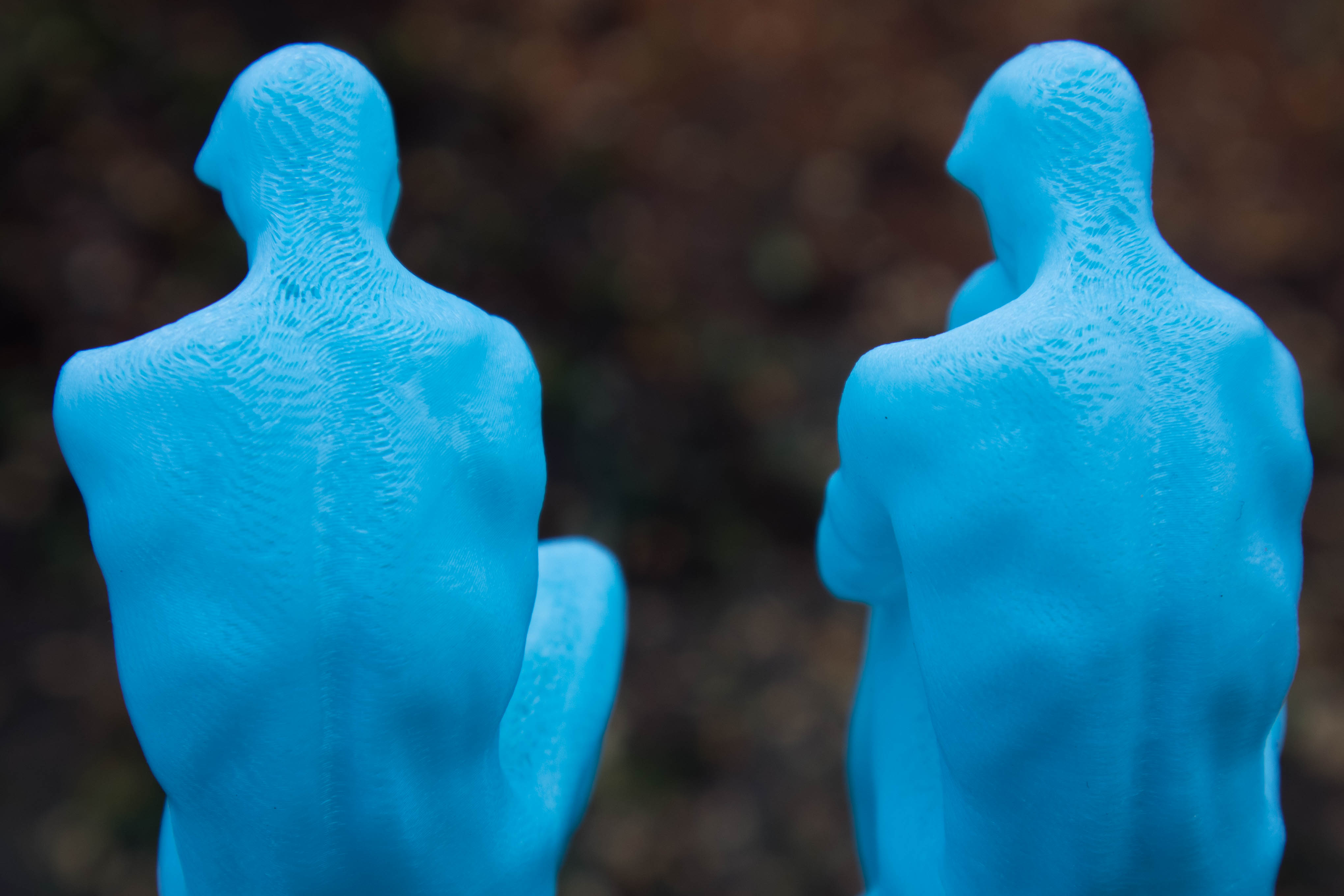
The normal print mode model had fewer glitches, but the layers of the print were still easily visible.
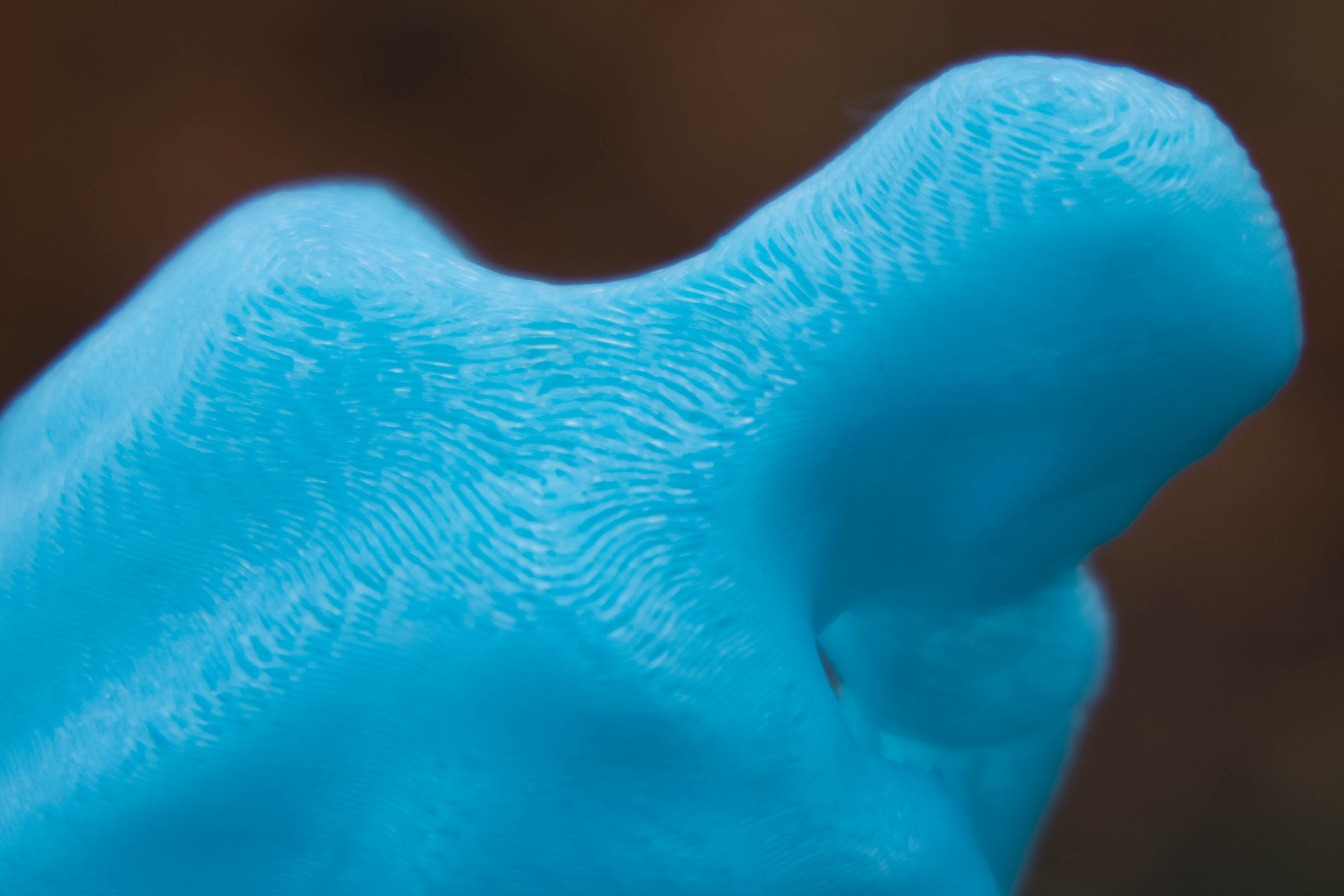
We found similar results on our geometric sculpture test print, where the edges of the print were mostly smooth, but had lots of filaments of material hanging off. That was caused by the material stretching as the print head moved from one part of the print to another. These were easily removed, but that takes time, and the surface of the print still showed somewhat obvious layering.
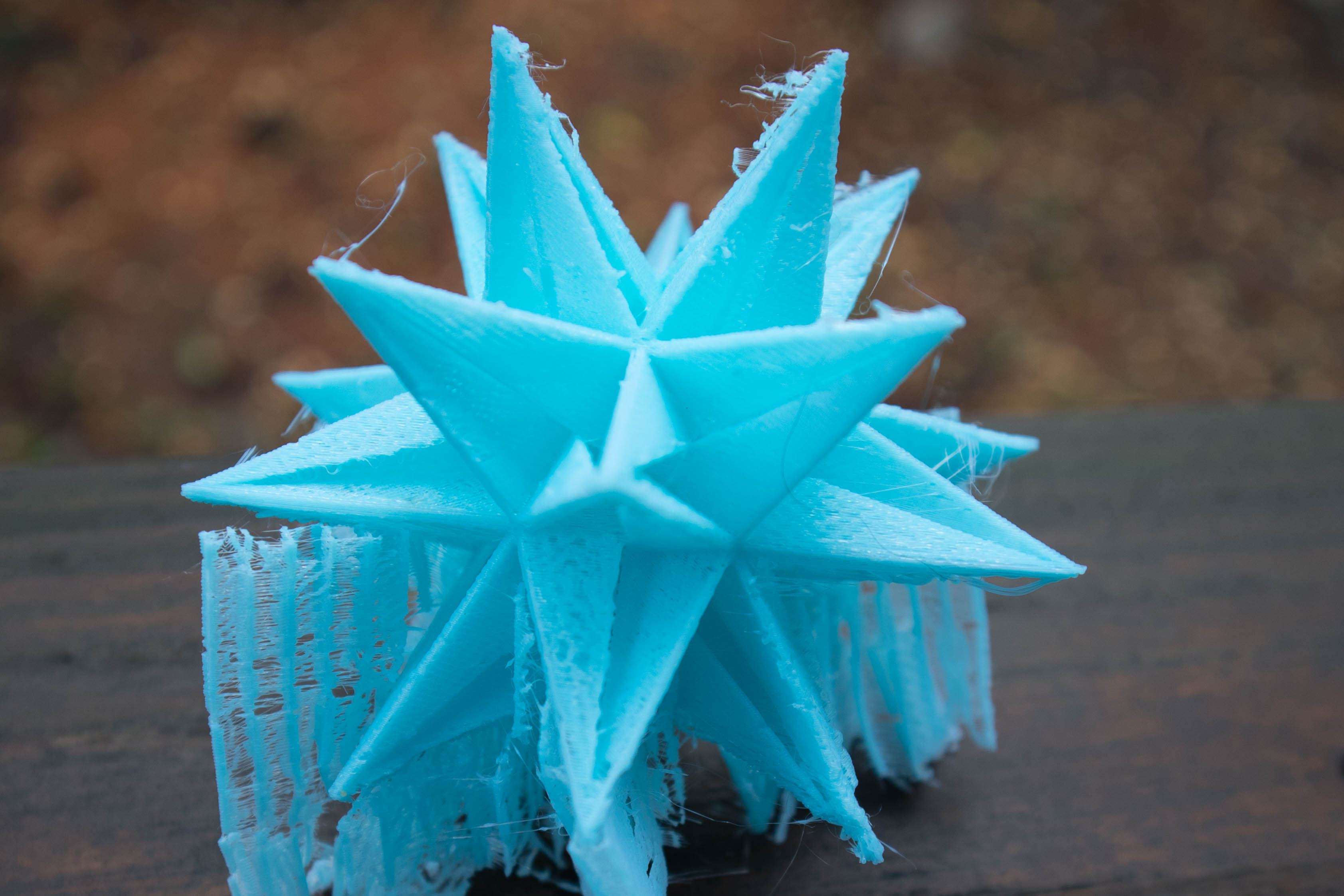
Because the high-quality print mode failed to work reliably, we were not able to judge the quality of the prints it produced.
Bottom Line
The MP Mini Delta brings 3D printing to a new low price, and offers a lot of valuable features for $160. But it isn"t a printer for beginners, as the configure-it-yourself software, odd glitches and failing USB port mean that it takes some time and tweaking to get printing reliably.
A group of users have put together a Wiki that offers a lot of great advice for getting started with this printer. But it is a rather frustrating and complex process, so this printer would not work for a newcomer to 3D printing despite the novice-friendly price tag. For a more experienced user who wants to see what they can get out of a low-cost printer, though, it's an interesting device that has a lot to offer.
Credit: Tom's Guide/Monoprice
Richard Baguley has been working as a technology writer and journalist since 1993. As well as contributing to Tom's Guide, he writes for Cnet, T3, Wired and many other publications.
